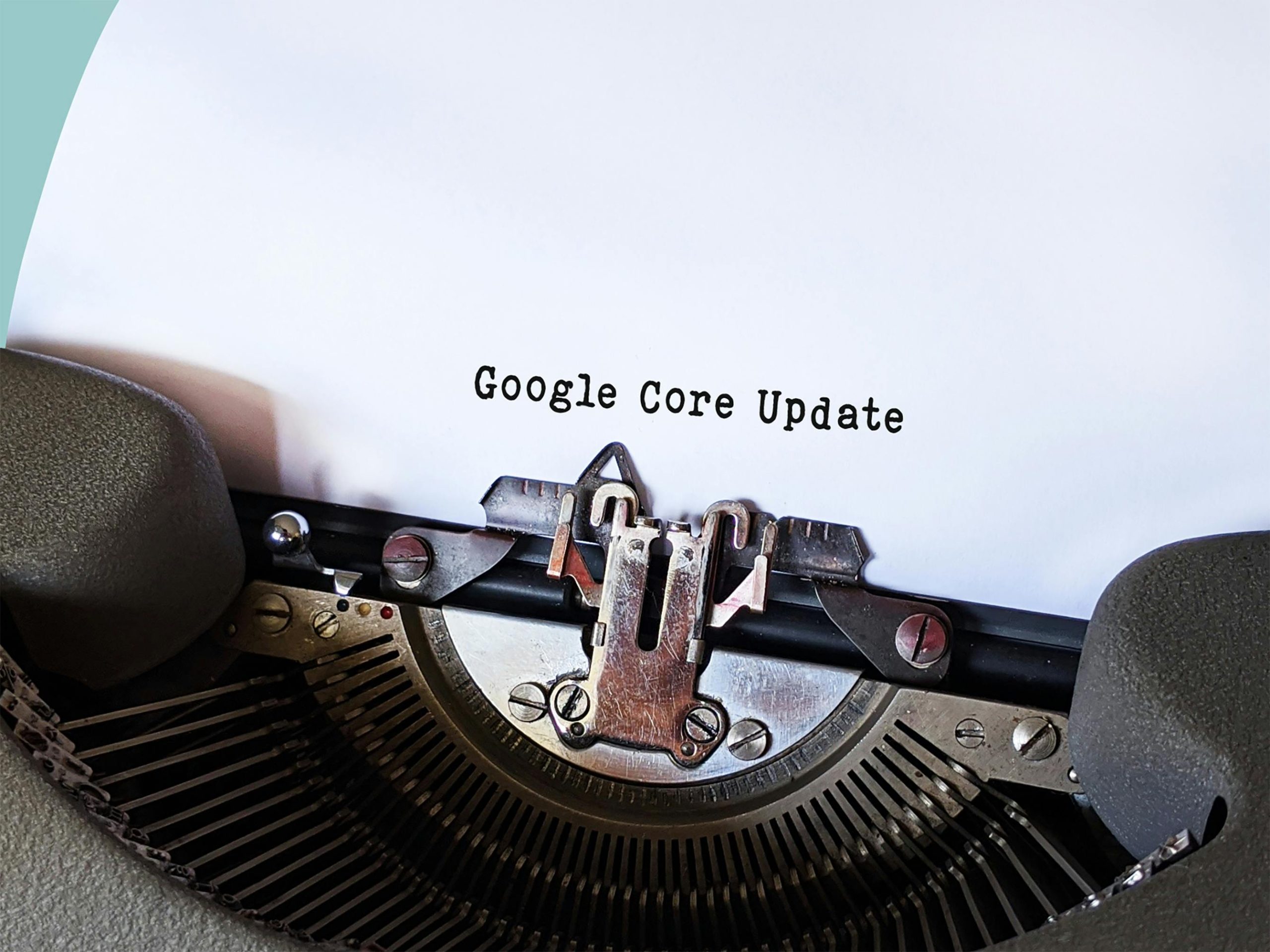Is a 41.2% Average CTR on a Website Typical?
Site Metrics Overview (Since August)
- Bing:
- Clicks: 560
- Impressions: 11.2K
-
Average CTR: 5%
-
Google:
- Clicks: 1.27K
- Impressions: 3.08K
- Average CTR: 41.2%
Why the Discrepancy?
Why is there such a stark difference between the click-through rates on Bing and Google?


2 responses to “Is a 41.2% average CTR considered normal for a website?”
Is It Normal to Have a 41.2% Average CTR for a Website?
Having a 41.2% Click-Through Rate (CTR) for your website on Google can seem unusually high compared to many standard benchmarks in the industry. Generally, average CTRs vary significantly by industry, type of content, and the search engine being used. Let’s break down the factors contributing to these differences and why your Google CTR might be unusually high compared to Bing.
Understanding CTR Variability
For pay-per-click (PPC) or Google Ads, an average CTR is often around 1-2% but can be higher for highly targeted ads.
The Discrepancy Between Bing and Google:
Why Is Your Google CTR So High?
If your site consistently ranks at or near the top of relevant search results on Google, it’s likely to have a higher CTR. The top spot generally captures a significantly larger share of clicks.
Niche Market:
If your content serves a very specific niche with limited competition, readers searching for relevant terms might find fewer alternatives and are more likely to click through.
Compelling Meta Descriptions and Titles:
Effective use of engaging titles and meta descriptions that align well with the user’s query can increase CTR.
**Brand Recognition:
This is a fascinating post, and the discrepancy in CTR between Bing and Google certainly raises some interesting points about audience behavior and platform optimization. A 41.2% CTR on Google is indeed exceptional and can indicate very effective targeting or highly engaging content. However, it’s essential to consider several factors that could contribute to this difference.
One possible reason for the high CTR on Google could be the nature of the queries being made. If the content is specifically tailored to meet high-intent search queries, it will naturally garner more clicks. In contrast, Bing’s audience might be different, and the content may not align as closely with their search intent, leading to a lower CTR.
Additionally, the way Google and Bing display SERP features can influence CTR. Google’s results often include rich snippets, knowledge panels, and other enhanced features that can attract clicks. If the site’s meta descriptions or titles aren’t as optimized for Bing, or if users perceive Bing as less relevant for those queries, it could result in a lower CTR there.
Lastly, it might be worth exploring how user behavior varies between the two platforms. For example, Google users may be more accustomed to engaging with organic results versus paid advertisements, while Bing users may be less inclined to click through to organic results depending on their search habits.
Optimizing content for different platforms and understanding user demographics can help close the gap in performance. It might also be beneficial to test different strategies on Bing to see if you can improve engagement there. Thanks for sharing these insights